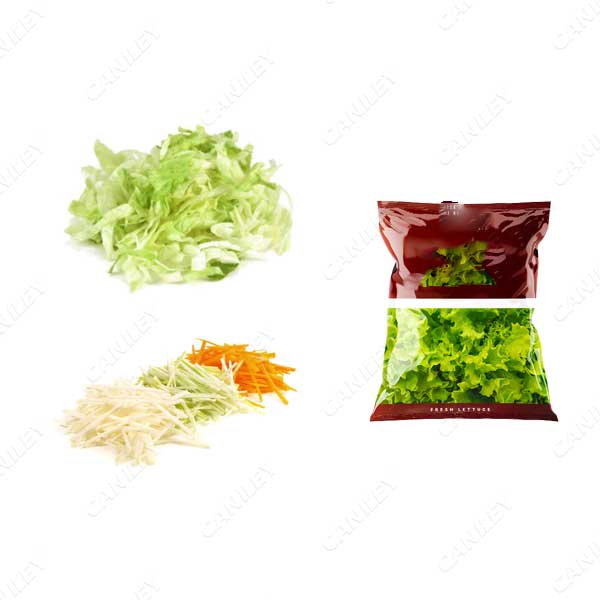In today's fast-paced world, the demand for fresh, convenient, and healthy food options has increased significantly. One such trend is the popularity of cut vegetables, which offer consumers a time-saving solution without compromising on nutrition. The process of cut vegetable packing is a delicate yet essential procedure that ensures the preservation of quality, freshness, and safety. This article will explore the what is the process of cut vegetable packing and the measures taken to deliver top-notch products to consumers.

Step 1: Sourcing and selection
The first step in the vegetable packing process is sourcing the highest-quality raw materials. Reputable suppliers provide fresh vegetables, which are carefully inspected and tested for any signs of spoilage or contamination. Only vegetables meeting strict quality standards are chosen for further processing.
Step 2: Washing and cleaning
Before the vegetables are cut, they undergo a thorough washing and cleaning process. This step is crucial to eliminate any surface dirt, bacteria, or pesticide residues that may be present. High-pressure water jets or specialized washing solutions are used to ensure effective cleaning while maintaining the integrity of the vegetables.
Step 3: Cutting and slicing
Once cleaned, the vegetables are cut and sliced into the desired shapes and sizes. This process is typically automated in large-scale facilities to ensure precision and uniformity. Specialized cutting machines and blades are used to maintain the integrity of each vegetable type and prevent bruising or damage.
Step 4: Packaging
Packaging plays a critical role in maintaining the freshness and extending the shelf life of vegetables. The packaging materials must be food-safe and designed to provide an airtight and moisture-resistant environment. Commonly used packaging options include plastic containers, resealable bags, or vacuum-sealed pouches. Some companies also incorporate modified atmosphere packaging (MAP) techniques to control gas composition within the package, further extending shelf life.
Step 5: Labeling and dating
Each package is labeled with essential information such as the type of vegetable, weight, expiration date, and nutritional content. This ensures that consumers can make informed choices while also helping retailers manage their inventory effectively.
Step 6: Quality control and inspection
Throughout the entire process, strict quality control measures are in place to monitor and verify the quality and safety of the cut vegetables. Samples are routinely taken for testing to ensure that the products meet regulatory standards and consumer expectations.
Step 7: Cold chain management
Cut vegetables are highly perishable and require proper temperature control to preserve their freshness. From the packing facility to distribution centers and retailers, a well-maintained cold chain ensures that the products are stored at optimal temperatures throughout the supply chain.





















